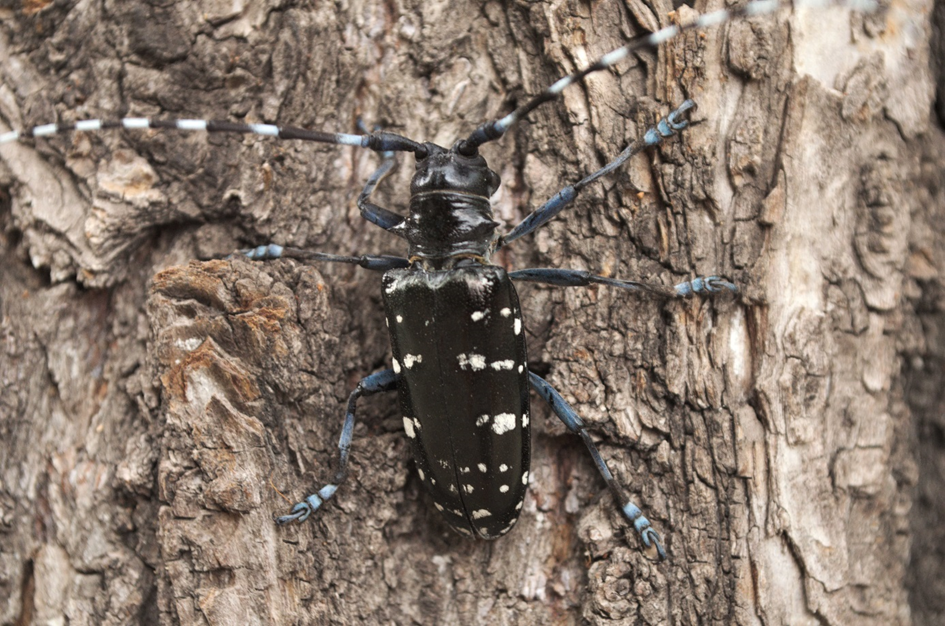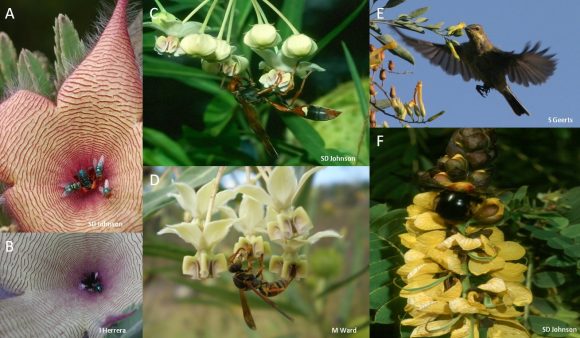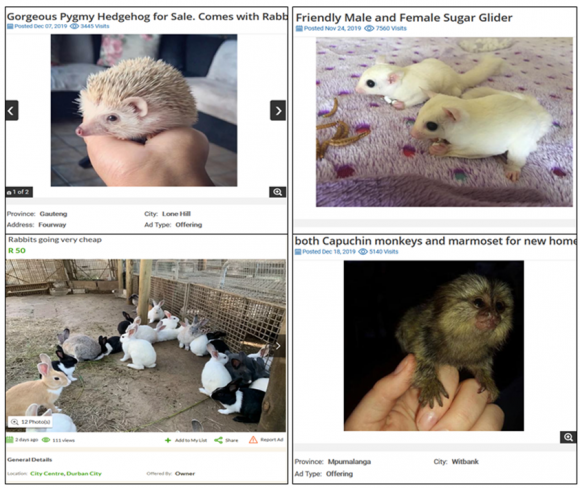4 March 2019 | By Marion Javal
Repeated introductions from both the native and the invaded ranges of a major tree pest, the Asian long-horned beetle (Anoplophora glabripennis), has enhanced its establishment and spread. These were some of the findings of a paper recently published in the journal Molecular Ecology.
These findings are based on inference of invasion routes based on approximate Bayesian computation (ABC), a method for forming model-based inferences for complex scenarios on the basis of simulations and summary statistics, coupled with a “random forest” algorithm to discriminate efficiently among scenarios while reducing computation time.
The research was conducted by Dr Marion Javal, at the “Forest zoology” unit of the French National Institute for Agronomic Research in France. Marion is now working as a CIB postdoc in the Conservation Ecology and Entomology Department. Data collection required a fieldtrip in China as well as in several European outbreak locations to gather samples.
The Asian long-horned beetle (ABL) is native to China and Korea and is listed among the world’s 100 worst invasive species. Populations have been detected for the first time in North America in 1996 and in Europe in 2001, where they cause huge economic losses. Indeed, larvae form galleries in the trunks and the branches of urban trees, ultimately causing their death. ALB invasion was favoured by the increase of global trade: larvae have been transported from their native range hidden in wooden packing material. Even though ALB detections are well documented across its invaded range, its specific invasion pathway had not been formally deciphered.

The reconstruction of invasion routes helps with the development of control strategies, because the effectiveness of these strategies depends on the origin of introduced individuals. Mapping the most likely routes of introduction and the frequency of these introductions also helps to target control and eradication measures at ports of entry.
The findings of the study showed that ALB introductions from the Asian native range can frequently be expected, but that introductions from other invaded areas (“bridgehead” scenarios) cannot be neglected. The study also confirmed the rather low genetic diversity in the invasive populations, already observed in a previous study1. This is known to negatively affect invasive populations’ resilience to new environmental conditions. However, ALB’s invasive ability does not seem to be compromised by the genetic characteristics of its populations. This observation could suggest two things: (1) ALB has a high tolerance to inbreeding, (2) the invaded range lacks adaptive challenge, due to strong similarities with the native one.
“Most traits of this species could not predict its invasion success,” says Marion Javal, “Invasions must be dealt with on a case-by-case basis, which makes our research essential”.
Read the paper in Molecular Ecology
Javal, M., Lombaert, E., Tsykun, T., Courtin, C., Kerdelhué, S., Prospero, S., Roques, A. & Roux, G. 2019. Deciphering the worldwide invasion of the Asian long‐horned beetle: a recurrent invasion process from the native area together with a bridgehead effect. Molecular Ecology. https://doi.org/10.1111/mec.15030
Previous study by Marion Javal
1 Marion Javal, Alain Roques, Julien Haran, Franck Hérard, Melody Keena, Géraldine Roux (2017) Complex invasion history of the Asian long-horned beetle: fifteen years after first detection in Europe. Journal of Pest Science, 92:173-187, doi: 10.1007/s10340-017-0917-1
For more information, contact Marion at mjaval@sun.ac.za




